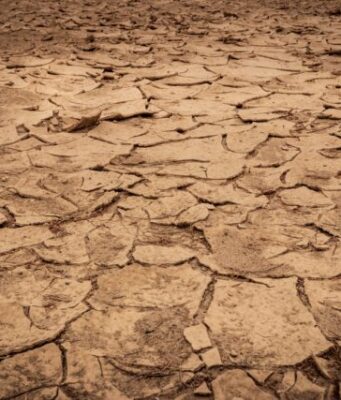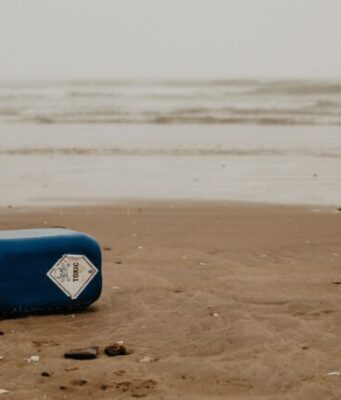ESA’s Earth Explorer CryoSat mission is dedicated to precise monitoring of changes in the thickness of marine ice floating in the polar oceans and variations in the thickness of the vast ice sheets that blanket Greenland and Antarctica. Credit:...
El Niño climate patterns contributed to the "warm blob" that began dominating the Gulf of Alaska in late 2013, and later gripped the West Coast of North America in what became the Northeast Pacific's largest marine heatwave, according to...
Detailed view of Earth from space, showing North Africa, Europe and the Middle East. Elements of this image furnished by NASA.
Credit: © kevinmgill / Flickr
Scientists have long suggested that global warming could lead to a slowdown -- or even...
Potential quake zone. Solid red line indicates an area of about 24,000 square miles that could move during a subduction-zone earthquake, affecting 140 million people or more. The dashed line represents a scenario in which the slip might take...
Global cloud patterns are shown. Credit: NASA Goddard Space Flight Center
A Scripps Institution of Oceanography at University of California San Diego-led research team analyzing satellite cloud records has found that the cloudy storm tracks on Earth are moving toward...
Cigarette filters, which are made of cellulose acetate, may act like other plastics in providing a conduit to transport metals in marine environments, researchers suggest.Credit: © Dennis Hill / Flickr
Littered cigarette butts may be an important source of metal...
'The Blob' and El Niño are on their way out, leaving a disrupted marine ecosystem behind. Credit: Michael Jacox
El Niño exerted powerful effects around the globe in the last year, eroding California beaches; driving drought in northern South America,...
This is California as viewed from the International Space Station.Credit: NASA, Stuart Rankin
Droughts in California are mainly controlled by wind, not by the amount of evaporated moisture in the air, new research has found.
The findings were published in Geophysical...
The sea ice surrounding Antarctica has been slowly increasing in area since the satellite record began in 1979. But the rate of increase rose nearly five fold between 2000 and 2014, following the IPO transition to a negative phase...
A simulation of the Antarctic ozone hole, made from data taken on October 22, 2015.
Credit: NASA's Goddard Space Flight Center (edited by MIT News)
Scientists at MIT and elsewhere have identified the "first fingerprints of healing" of the Antarctic ozone...
The smoke from multiple fires in the Mato Grosso region of Brazil rises over forested and deforested areas in this astronaut photograph taken from the International Space Station on Aug. 19, 2014.Credits: NASA
El Niño conditions in 2015 and early...

















